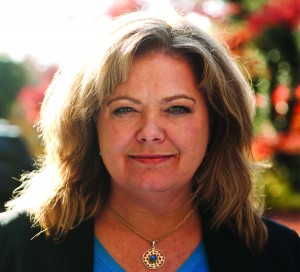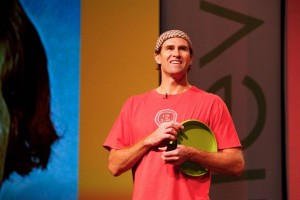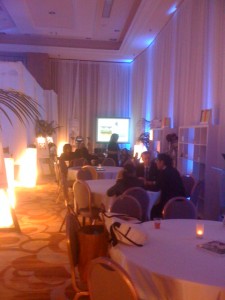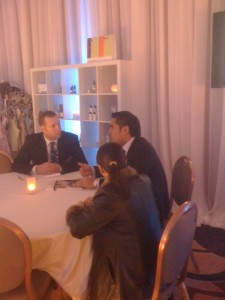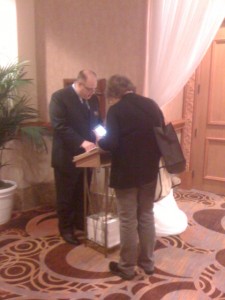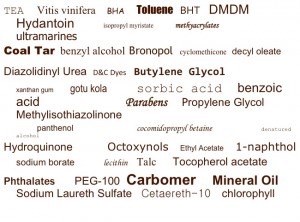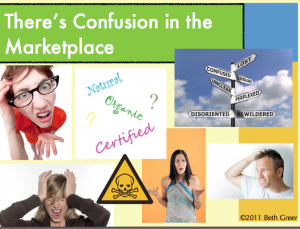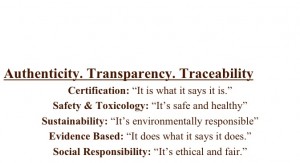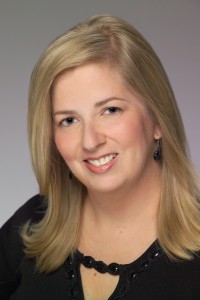Build your Team’s Fighting Spirit to Improve Business Outcomes
Always work towards building and solidifying your relationships with your staff and their relationships with each other. Train them, mentor them, and lean on them. Build your fighting spirits together and strengthen the team to make survival your collective goal TODAY. Here are some ways to do that:
On-Demand Monitoring System
It should be quick and easy for you to obtain an instantaneous status report on sales and services, any time of the day. Get your staff involved, and when you aren’t on site, or simply when you need to know, your front desk should be able to call up this data and recite results, on the spot. Decide which metrics best represent the heart beat of your business, and provide your front desk with the tools that will allow them to implement this reporting system.
–Service & retail sales per square foot
–Average ticket price
–Rooms utilization
–Staff productivity
–Gateway or linked service sales
–# of service clients who purchased retail
–Next appointment bookings confirmed
–Customer complaints
–Unfulfilled appointments
Staff Mini-Marketing Program
Your staff may believe that it’s solely up to you to keep them busy, but is it really? I believe that staff should be trained to understand their importance in keeping the business afloat. Build staff pride in their accomplishments; monitor and evaluate their contributions to the business and its bottom line, and reward those successes. Remember that you can only effectively monitor and reward results however, if you assign timelines and numerical values to each initiative.
–# of new client requests & referrals
–# of sales/follow-up calls made
–# of consultations/educational workshops conducted
–# of clients with goal-setting programs
–# of add-ons, up-sells & cross promotions
–# of times they represent the Spa at business events
–# of brochures and business cards they distribute
Focus on Favourites
Now is the time for you to cut the fat. Take that handful of treatment favourites, the ones that are staff favourites; most requested by most clients; and that have the best margins as determined by you, and FOCUS solely on them. Develop a stand-alone (temporary) menu that highlights these treatments as your hot offerings and promote the heck out of them. Stop trying to please everyone and just give them what they really want. This may allow you to better control costs related to marketing; inventory purchases; staff scheduling, and more. These “Chosen Ones” could take you a long way in streamlining your cash flow.
Bump up your Referral Program
Your existing clients are your VIPs. Not only must they continue to always feel they are a part of your brand, they must also feel escalating value to their spa experience, so that they are driven to refer you to their dearest relationships. Get ideas regularly from your staff on how to critique your service delivery systems in order to find ways to enhance every touch point of every client’s visit. In tandem with these ongoing enhancements, develop a referral program that gives your client’s measurable (numerical) and meaningful rewards. Teach your staff to ask every client for a referral, and power up the program by finding ingenious ways for your clients to recommend you. FOCUS on this program, market it aggressively and don’t deviate from it. If you are doing your job, it will do its job.
Fast Forward to 1 Year from Now
What’s coming down the pipes? Know that good, will no longer be good enough. Will you be ready to hit the ground running? Will you know what your clients consider to be worthy? Will you have made the proper concessions to meet with their expectations of a platinum performance? Will your staff still be with you? Will they be ready and willing to accept the changes that have been placed upon the business and their careers?

